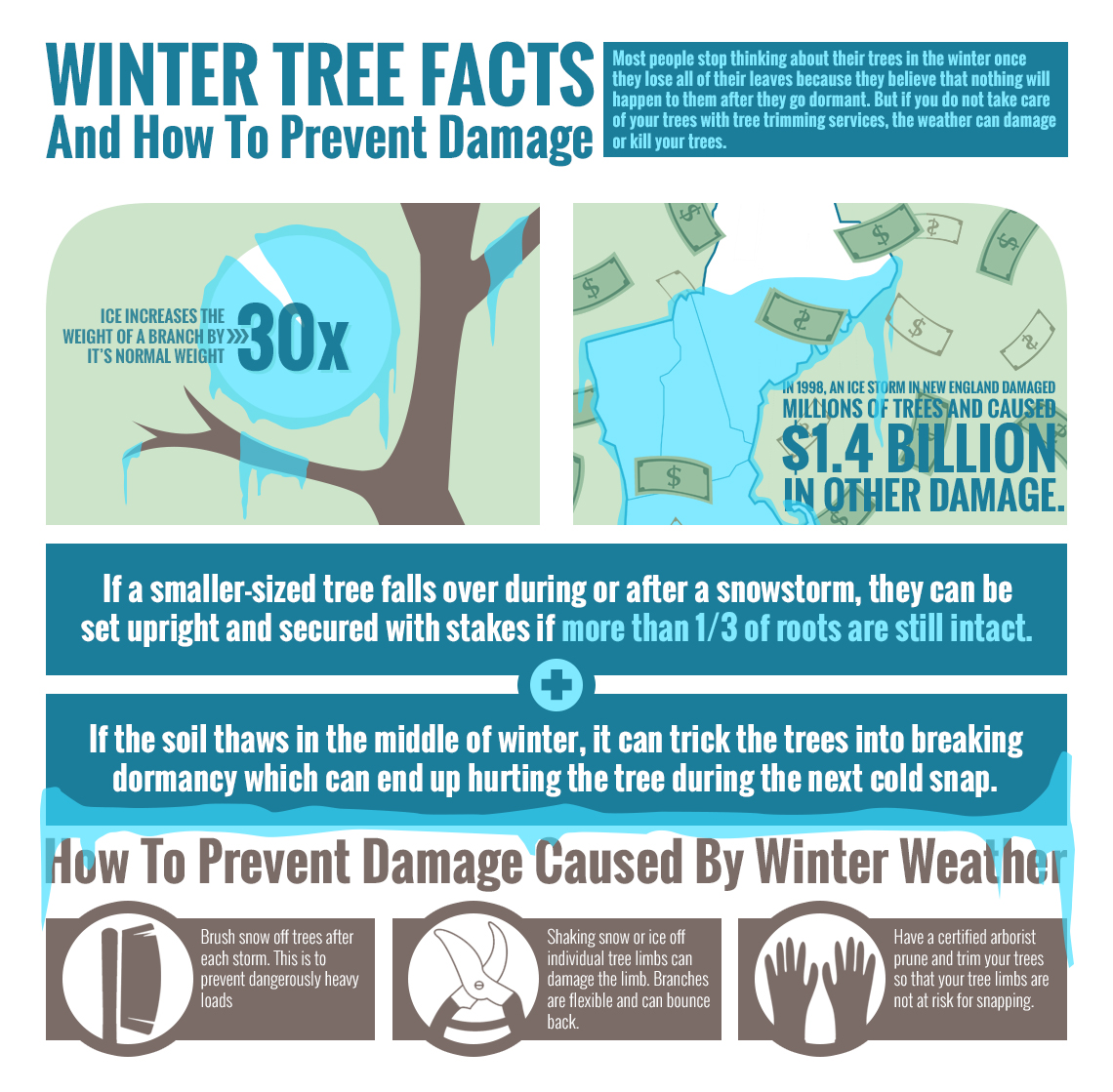Can Trees Be Conserved? Exactly How To Tell If Tree Elimination Is Required
Can Trees Be Conserved? Exactly How To Tell If Tree Elimination Is Required
Blog Article
Writer-Dalby Harrington
If you've ever before questioned the fate of the trees on your property, recognizing when it's time for elimination is vital. But just how do you determine if a tree can be saved or if removal is the only choice? By looking for details indications and examining safety and security dangers, you can make informed decisions that profit both your landscape and your environments. Let's check out the vital factors that come into play when making a decision the fate of a tree and how you can ensure the best result for your green friends.
Indicators of Tree Decrease
If you observe any of the complying with indications of tree decline in your backyard, it may be time to consider tree elimination.
One usual sign is dead or rotting branches, which can suggest underlying problems influencing the tree's wellness. Keep an eye out for stained or wilted leaves that continue even with correct care, as this could be an indication of condition or bugs.
One more warning signal is excessive leaning or a visible change in the tree's base, which might recommend origin problems or architectural instability. Watch out for visit the up coming internet page on the trunk or origins, as this can suggest rot and compromise the tree's security.
In addition, if you observe large splits in the trunk or significant limbs, it's critical to attend to these issues immediately to prevent prospective dangers. Addressing these signs of tree decrease immediately can help maintain the safety and appearances of your yard environment.
Safety and security Worries
To make sure the wellness of your home and those around you, focusing on security issues related to trees is vital. Trees can posture numerous safety dangers if not appropriately maintained. Dead or worn out branches may fall all of a sudden, threatening individuals or harmful frameworks.
Leaning trees can additionally be harmful, specifically if they're leaning in the direction of a building or power lines. Additionally, trees with extensive root systems near foundations or below ground energies can cause significant damages over time.
It's vital to consistently check your trees for any type of indicators of prospective threat. Look out for fractures in the trunk, huge tooth cavities, or indicators of disease and decay. If you discover any of these issues, it's ideal to seek advice from an expert arborist to evaluate the situation and figure out the necessary strategy.
Taking positive steps to attend to safety issues promptly can avoid crashes and building damages in the future. Remember, the safety and security of your property and those around you should constantly be the top priority when it comes to tree upkeep.
Consulting an Arborist
When thinking about the health and wellness of your trees, speaking with an arborist is an important action. Arborists are trained experts that concentrate on the treatment and upkeep of trees. They can assess the overall health and wellness of your trees, identify any issues such as diseases or structural troubles, and offer expert suggestions on the very best course of action.
By getting in touch with an arborist, you can get important understandings into the problem of your trees and identify whether elimination is required. Arborists have the expertise and experience to evaluate the risks connected with maintaining a tree versus removing it. They can also provide assistance on different remedies, such as trimming, cabling, or supporting, to aid protect the tree whenever feasible.
In addition, arborists can help you browse any local guidelines or allows that might be needed for tree elimination. Their proficiency can guarantee that the procedure is carried out securely and in compliance with any type of suitable laws.
Conclusion
Finally, when establishing whether trees can be saved or if removal is required, it is necessary to think about indications of decline and security concerns. Consulting an arborist for an extensive analysis is essential in making the most effective decision for the tree's health and wellness and potential hazards. Bear in mind, positive treatment and timely activity can help protect trees and avoid accidents.
